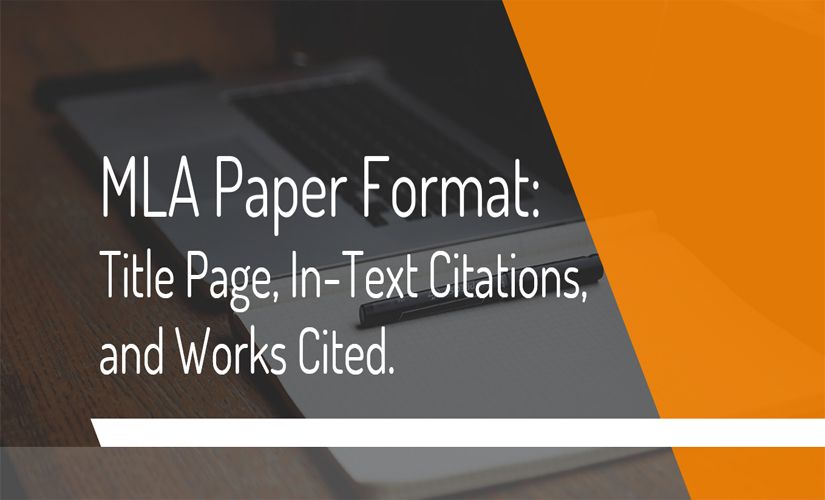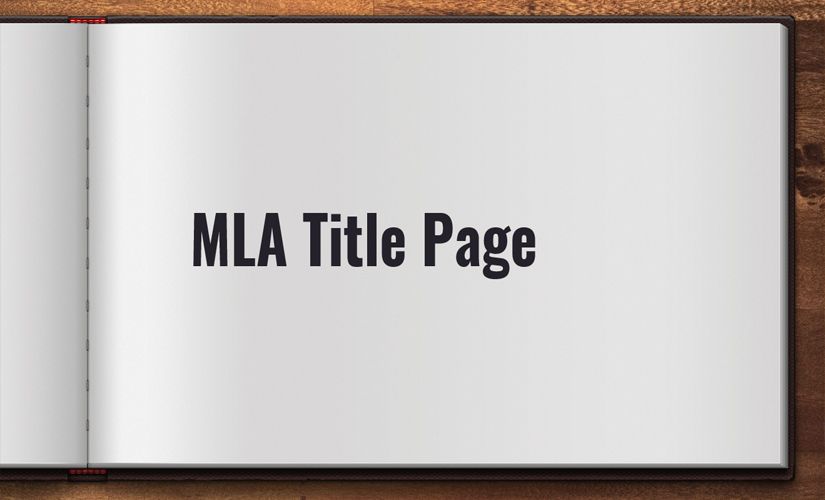People use the Modern Language Association (MLA) style in some academic disciplines. Basically, many students and other scholars use the MLA paper format to organize their works properly. In turn, this style has a set of guidelines that differentiates it from other referencing techniques. However, three primary features define the MLA paper format: the lack of a separate title page, author-page in-text citation style, and a “Works Cited” section.
Title Page in the MLA Papers
The MLA paper format has a distinct MLA title page. Basically, the MLA format example does not require an essay to have a separate title page. Instead, people place the content of the title page above the title of the essay. For example. They locate the author’s name, instructor’s name, course description, and date in the upper left corner. In turn, the page numbering format in the MLA style has specific guidelines. The page numbering system employs headers situated in the upper right corner that contain the author’s surname and an Arabic page number separated by a single space. In this case, people place the page numbers on each page of the entire essay. Hence, they may deviate from the standard first-page structure when the instructor or publisher provides alternative instructions.

In-Text Citation Style in the MLA Paper Format
The MLA in-text citation distinguishes it from other documentation systems. Basically, the MLA paper format uses parenthetical in-text citations, which follow the author-page format. This MLA style citation consists of an author’s surname and the specific page number where the cited information was extracted. If the source does not have the author’s surname, people repeat the title of the article in parentheses. In this case, the author’s surname may be substituted with the name of an organization or a shortened title of the source in cases where the author is unknown. Moreover, the shortened title can either be italicized or placed in quotation marks, depending on whether it is a long or short work. In turn, people may replace page numbers with other locators that are preceded by an appropriate abbreviation. Alternative locators include chapter, section, part, and paragraph numbers.
Works Cited
All works styled using the MLA paper format must have a reference list at the end of the work. For instance, people title this reference as “Works Cited” and center it at the top of a new page. In particular, the MLA Works Cited starts on a separate page, and the title has no additional formatting, for example, underlining, italicizing, or bolding. Each reference list entry is aligned to the left margin and formatted to display a hanging indentation. Also, the first line is aligned with the left margin, but the following lines are indented by half of an inch for each entry. Hence, the MLA format Works Cited maintains double spacing and has no additional spaces between individual entries.
Conclusion on the MLA Paper Format
The MLA guidelines provide particular descriptions concerning the formatting of the first page, in-text citations, and reference list. Firstly, the incorporation of the title page’s content into the first-page is an easily noticeable feature of the MLA paper format. Then, the author-page in-text citation style and the MLA format Works Cited page are unique to the MLA documentation style.


